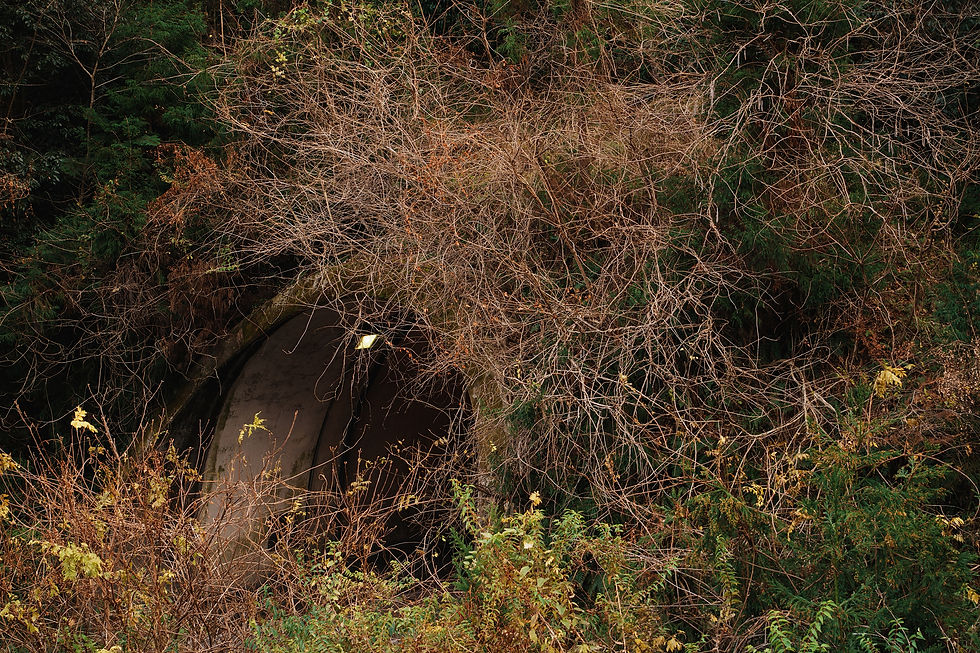

The Wizard of Oz in the City
Picking up the camera, the viewpoint behind the viewfinder instinctively and unconsciously aligns with the explicit subjects: human states, ongoing events, fleeting memories. These often become the reasons to press the shutter. For me, it seems easier to discover extraordinary scenes in the mundane daily life. I think this is the charm of photography: it can faithfully record things, but also allow for imaginative mimicry. After deconstructing and reconstructing what I see in my mind, I present a reflective thought, creating images with the most rational medium. Through photography’s inherent objectivity, images are maintained in a balance between the virtual and the real, a feat that perhaps only photography can achieve.
The term “street photography” is interesting. It seems to make photography look easy, rationalizing the uncertainties on the streets, yet it also narrows the definition of photography. Personally, I dislike the term. Sometimes, contextually, it’s not just about the “street,” and in terms of action, it’s not just about “shooting.” It encompasses various actions—thinking, metaphor, viewing, critique, satire, and imagination. This makes it challenging. What appears to be a simple creative act is actually not easy. However, I can’t think of a better term to replace “street photography,” so let’s just call it that for now.
The mixed atmosphere in the city—new and old, virtual and real, construction and destruction, greenery and concrete coexist. Amidst the familiar life, there lies an implicit absurdity and fantasy. I often focus on these bizarre aspects happening within the rational urban life. Some life symbols are familiar, but with a twist in perspective, they become unfamiliar. Some things are brewing an ambiguous state, inviting viewers to define and interpret them freely. I strive to logically edit these urban symbols into a visual philosophy—poetic and romantic, yet also real and rational. I explore the three-dimensional space with two-dimensional thinking logic, curious about every frame of the ordinary. I want to pause the interesting things before they happen, as the moment before something occurs is the most meaningful. In photography, I prefer not to make the message too explicit. With this mindset, I organize various fantastic and surreal symbols in the chaotic and uncertain city, creating a world that I can see. This, I believe, is the most valuable aspect of “street photography.”
Exploring the relationships between things, the conflict between objects and their spatial environment, I enjoy highlighting these seemingly discordant conflicts. Many thoughts that I don’t know how to express in known language ferment within these conflicting images. I am subjective, yet I always use objective facts to verify the contradictions of things, forming my subjective conclusions. With this approach, I explore my own “Wizard of Oz” in the city.
Seeing a mountain that is not a mountain, a forest that is not a forest, I use a real and rational medium to turn my life’s philosophy into images, constructing each frame into my own subjective language. This is my “street photography,” even though I really dislike the term.



































